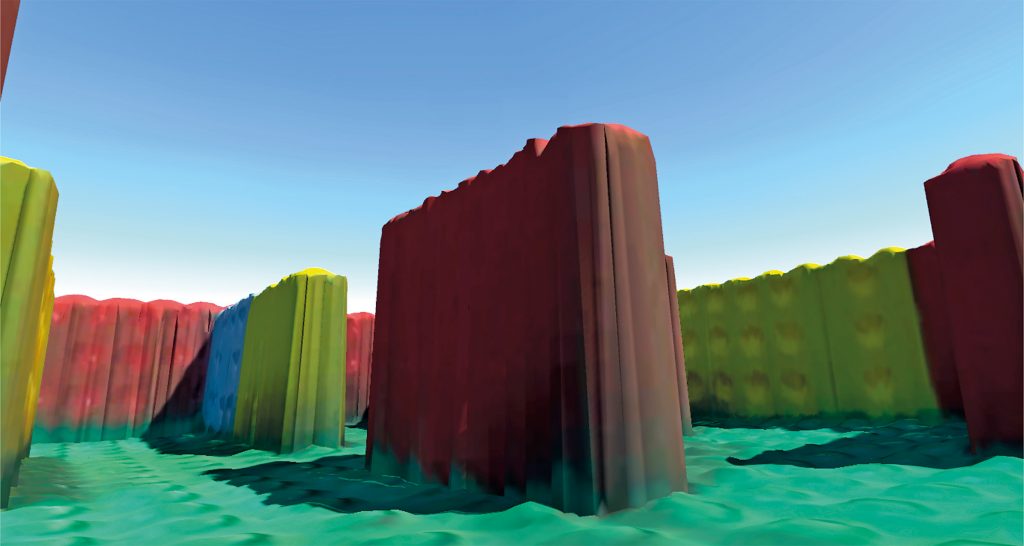Illustrating photogrammetry for educational purposes
Nowadays, our measurements of the world are digital and highly accurate. High-resolution cameras and other systems supply increasingly precise data about Earth’s surface from space or from the air. This involves huge amounts of data. One of the tasks in DLR’s new cross-sectoral topic of digitalisation is to reduce these datasets to the essential information and to visualise them
A good model for the contactless measurement of surfaces is the three-dimensional view our eyes provide of our surroundings. Each eye provides a two dimensional image, but from a slightly different perspective. By overlapping these two images our brain transforms the information into a spatial perception. Photogrammetry works exactly according to this principle.
Cameras on satellites, aircraft or drones supply images of Earth’s surface from different perspectives. If these images clearly overlap and the camera position for each individual shot is known, its location in three-dimensional space can be determined for every pixel. A cloud of points is created that lie on the surface like scattered sprinkles. In order to produce a digital terrain model from this, adjacent points located along the same plane are combined into individual network elements and given a texture from the original shots. The result is a realistic, digital model of the surface.
The exhibit teaches students at the DLR_School_Lab Berlin the step-by-step process of photogrammetric recording and evaluation. For this purpose, a labyrinth of LEGO® bricks is built and photographed along ‘flight strips’ from above. Using these images, a computer calculates a digital terrain model, through which the students can walk, wearing VR glasses.
German Aerospace Center (DLR)
Christoph Pawek · E-Mail: christoph.pawek@dlr.de · DLR.de/en
